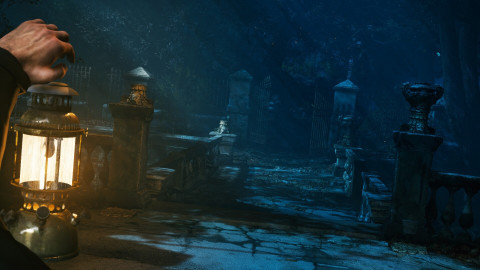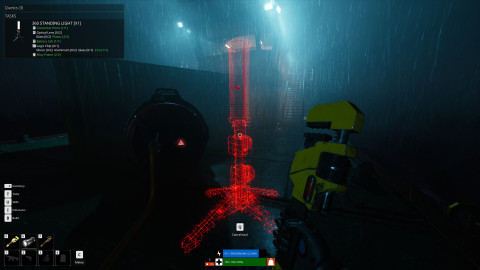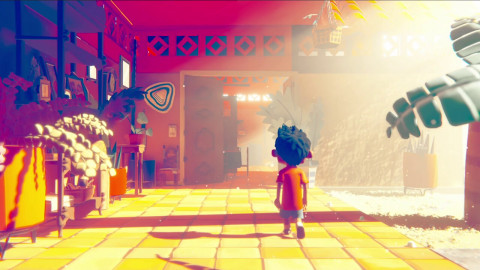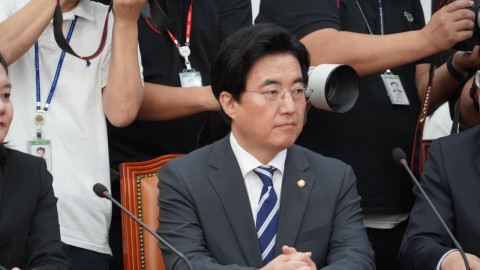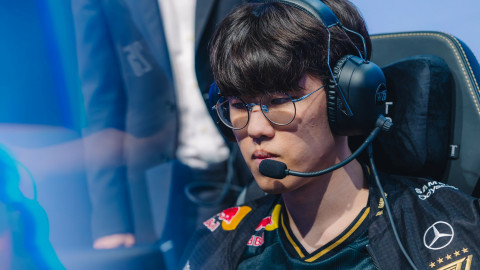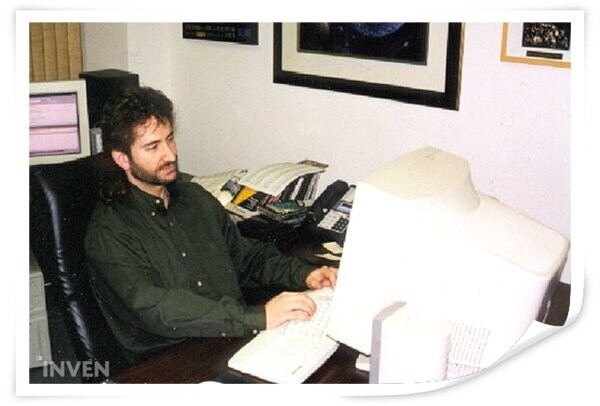
On April 7, former Blizzard CEO and game developer, Michael "Mike" Morhaime, will depart from Blizzard. It's been 27 years since he's taken his first step into the gaming industry.
Mike was an influential figure that largely impacted the gaming world. From the founding of Silicon & Synapse to the development of Warcraft, StarCraft, and Diablo, Mike stood as CEO - during the many years where Blizzard was regarded by many as one of the best game developing companies, Mike, was again, the CEO.
Most gamers aren't too familiar with the leaders of their favorite developers. However, Mike was an exception. He's been featured in countless interviews in the past, and over time, he became a living legend within the gaming community. He began working with games when the video game industry was still taking its baby steps, he spent his CEO days when PC gaming was at its prime, and as a talented game developer, Mike was awarded the Technology & Engineering Emmy Award and the AIAS. On top of that, throughout the 27 years Mike spent as the president of Blizzard, he had not one scandal.
The content of this article is on the beloved game developer, Mike Morhaime, and the 'Blizzard' that he led as its leader.
Mike was born to a Jewish family in November of 1967. From the late '70s to the '80s, when video games started getting popular, the young Morhaime purchased a gaming console that allowed limited programming, the Bally Astrocade, and spent his time developing simple games of his own.
When Mike graduated from high school, he attended UCLA and majored in electrical engineering. After some time, with someone that he met at UCLA, Allen Adham, Mike decided to establish his own game development company. The two met just before graduation, and to each other, they were nothing more than just fellow students. However, with a series of events, Mike and Allen quickly grew close. After persuading Mike, Allen went on to begin planning for their new company.
After leaving WD(Western Digital), a company that Mike worked for at the time, Mike went on to found Silicon & Synapse with Allen Adham and another colleague from university, Frank Pearce, in 1991.
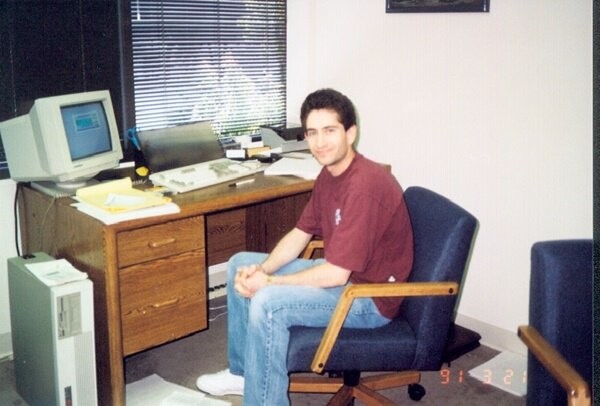

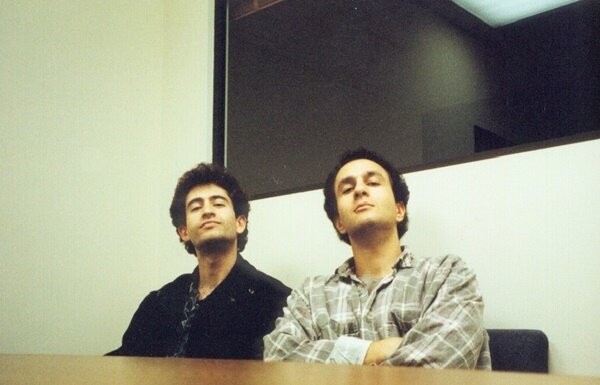
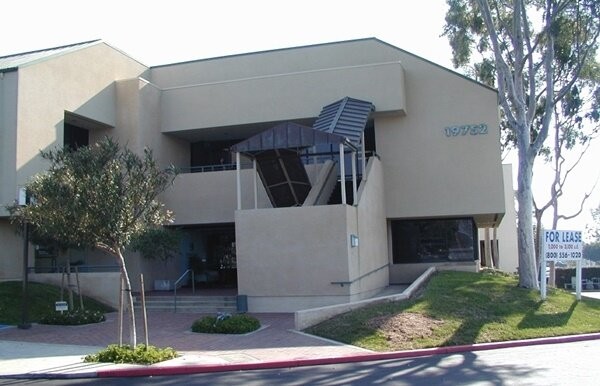

Silicon & Synapse, a company that was founded with the $15k that Mike borrowed from his grandmother, started small; it distributed board games and worked on porting video games to platforms such as the Commodore Amiga and Nintendo's Super Famicom. Their work pattern was to take outsource porting jobs while developing their own games, 'The Lost Vikings' and 'Rock n' Roll Racing'.
However, the PC platform, Amiga, wasn't mainstream, and at the time, the console market wasn't doing any better. 'The Lost Vikings' and 'Rock n' Roll Racing' were received well by gamers, but they didn't bring commercial success to the company. As a result, Silicon & Synapse was at a constant financial deficit. Given their low funds, Mike and Allen took turns "robbing Peter to pay Paul," to pay their employees. But despite the company's situation, Mike was constantly on the lookout for talented developers. During this time, Mike hired some of the most renowned game developers known today, such as Samwise Didier, Joeyray Hall, and Chris Metzen.

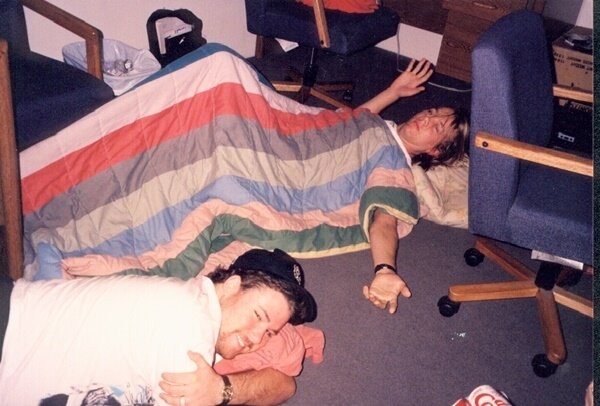

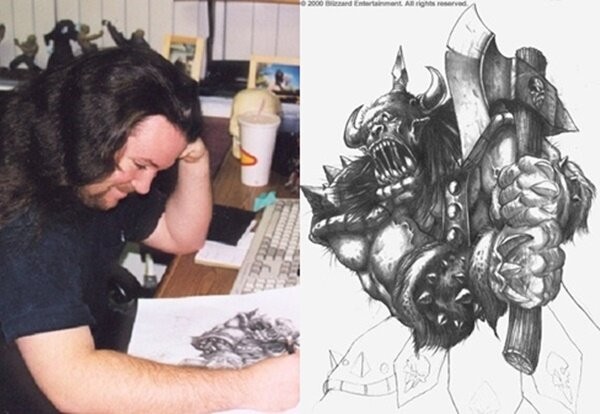



With the continued financial struggle, Silicon & Synapse even considered joining and becoming a studio under 'Interplay', one of the company's business partners. This wasn't a strange move, as the founder of Interplay, Brian Fargo, was well acquainted with Mike, and Silicon & Synapse had previously invested in Interplay. However, Interplay wasn't doing too hot themselves, so the plan was quickly crossed out. In 1994, Silicon & Synapse was acquired by 'Davidson & Associates' for $6.75 million.
With the new acquisition, the company name was changed to 'Chaos Studio'. But when a company holding the same name approached them, requesting a large sum of money for it, the name of the company was changed to 'Blizzard Entertainment'.
During the process of the acquisition, Mike Morhaime asked Davidson & Associates to respect the way Blizzard operated and to allow the company to operate without excessive interference from its parent company. Bob Davidson and his wife, Jan Davidson, accepted Mike's request. Thanks to this, Blizzard Entertainment was able to maintain their unique and "fun" culture within its office.
"'Chaos' represented a fundamental belief that the iterative process of making games is chaotic and that you need to embrace that. And then we got a cease-and-desist, so we switched to Blizzard, but it was the same basic principle: this powerful, chaotic force, this fury—but it’s actually quite beautiful. It leaves beauty in its wake."
- Allen Adham (4/27/2017 StarCraft development retrospective)

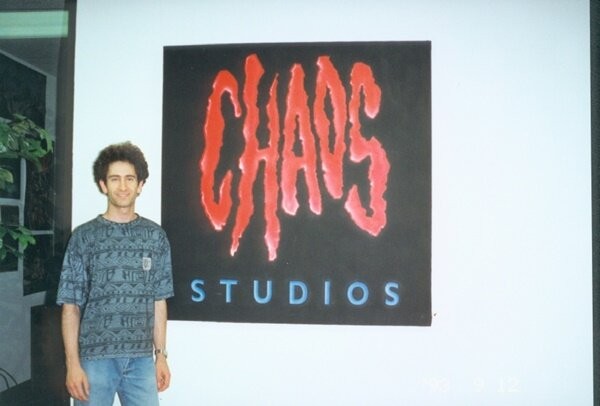
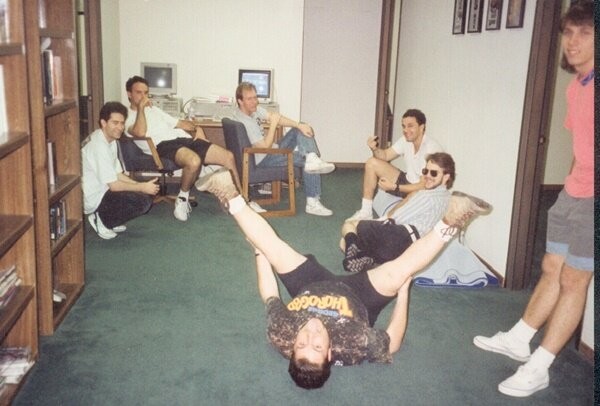
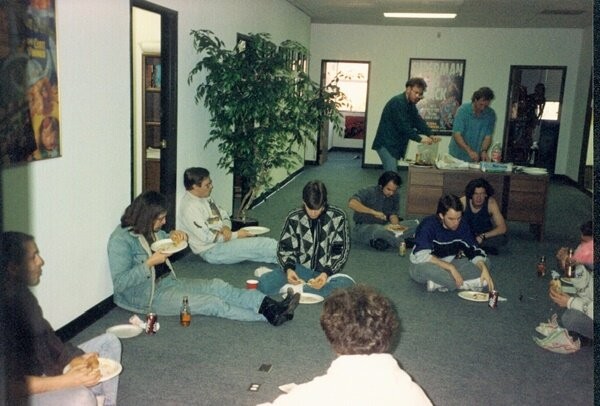
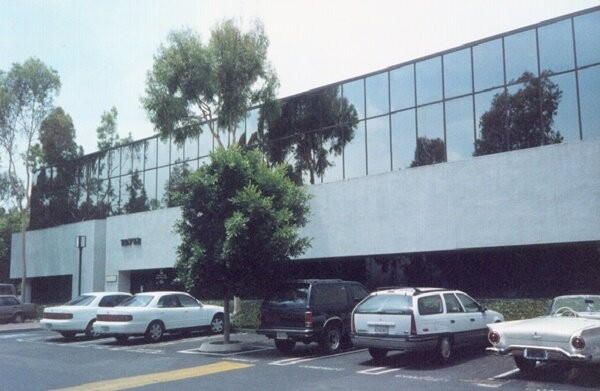

In 1992, Mike saw the potential of tactical simulation games after seeing the release of Westwood's Dune 2. That's when Blizzard began developing 'Warcraft: Orcs & Humans'.
During the development of Warcraft, Mike worked as the game's network programmer. It's through this process that he began understanding the basics and the important elements of 'online gaming'. This is also the time when Blizzard's renowned cinematic department was first formed.
In the early '90s, the idea of online gaming was new. The game that first brought the gamers' attention to it was id Software's 'Doom', and Blizzard quickly hopped on this trend. It was from here that you could say Blizzard began building the vast knowledge and 'knowhow' that they have today of online gaming service. Mike Morhaime, who had opened his eyes to network gaming through Warcraft, made a huge success with Blizzard's next project.
Diablo is a game that was developed through Condor Studio, a company that was renamed to 'Blizzard North'. Condor, that was founded by David Brevick, Erich Schaefer, and Max Schaefer in 1993, showcased 'Justice League Taskforce' at a game show. That was when they caught Mike's eyes. At the time, Condor had plans to develop Diablo, but due to the lack of funds and investors, they weren't able to. That's when Blizzard gave a helping hand, and that's how the famous action RPG, Diablo was made.
Mike Morhaime worked on Diablo as a client programmer, and by driving deeper into online gaming, he created the Battlenet. Before Diablo, network games needed its users to type in IP addresses manually to play online. By removing this necessity, Blizzard largely improved the accessibility of its games' online features. But a problem arose while servicing Battlenet: money.
Battlenet is and was a free online service. In order to maintain that said service, Blizzard needed employees, and those employees cost money. Following the financial deficit, Blizzard was acquired by a large company, Vivendi. (Vivendi merged with Activision in 2007, which gave birth to Activision-Blizzard that exists today.)


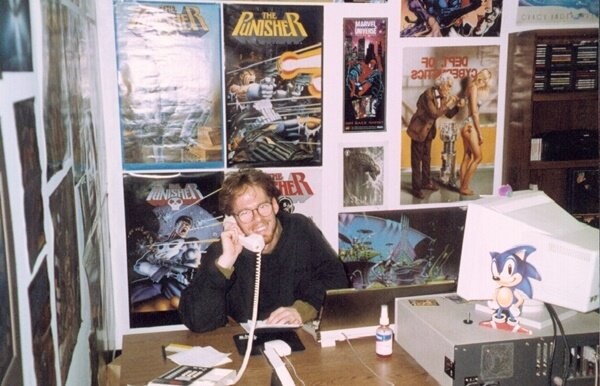


Although both Warcraft and Diablo were major successes, there still existed game developers who were seen as the "better" of Blizzard. One of them was Westwood. At the time, Westwood was highly regarded as one of the best RTS developers, well known for their Dune 2 and Command and Conquer.
In 1995, Blizzard's Warcraft 2 was highly praised, but it was still seen as only second to best to Dune 2. Westwood was a formidable competitor - that's how and why StarCraft went into development. In the beginning, the concept of StarCraft was simply 'Warcraft in space'. At the 1996 E3, when Starcraft was showcased to the crowd, it was heavily criticized, for it was "nothing different to Warcraft."
"When Blizzard first showed StarCraft to the public at E3 1996... Journalists were unimpressed; many labeled the game 'Orcs in Space.'"
-Samwise Didier (4/27/2017 StarCraft development retrospective)
Following the E3, StarCraft was put lower on Blizzard's priority list. Bob Pitch, Blizzard's technical director at the time, stated, "One by one, everybody from StarCraft went to Diablo - until I was the only one left."
On a positive note, the StarCraft project bought a lot of time for further development. The game engine was redone, and the game began using 3D graphics. During this time, Blizzard drew their models by hand, pixel by pixel. With Didier and the other artists experimenting with 3D, the StarCraft that we know today started taking form.

Mike Morhaime also directly took part in the development of StarCraft. He worked on the game's unit behaviors, implementing art and animations, and writing the game's code.
Bob Pitch, the technical director, rebuilt the entire engine of StarCraft from scratch in just two months, while also rewriting the scenario and expanding the race pool from 2 to 3 - with each race having clear strengths and weaknesses.
"When we were working on StarCraft, it felt like the weight of the world was on our shoulders. It didn’t feel at all guaranteed that we were going to complete the game."
- Mike Morhaime on the development of StarCraft
The development of StarCraft was done with lots of "chaos" and self-innovation. Without even knowing how the Terran units look like, Joeyray Hall began working on the game's cinematics. The animators then gathered the scenes from the cinematic video to create the game's characters on the spot. Glenn Stafford, who's currently working for Blizzard as a Senior Composer, voice acted the Zerg units' sounds through a mic, and the intro music of the cinematic video was a band song produced by some of the employees.
Other than the name of the game, almost nothing of the original StarCraft stayed intact through this 8-months 'redevelopment' procedure. The core system of the game didn't even exist until before 4 months from release! Just like that, in 1998, the new StarCraft was introduced to the public crowd for the first time, and they went wild.
The Blizzard employees didn't understand the excessively positive response. At first, Bob Pitch wanted nothing more than to sell at least 100k copies of StarCraft, but the game was being sold by the millions.


With the huge hit that was StarCraft, Blizzard no longer had to look up at Westwood. An RPG game that Westwood worked hard on, 'Nox', was also overshadowed by Diablo 2.
At this point, Mike Morhaime wasn't just the company's CEO. He was a developer.
Mike worked as a senior producer during the development of Diablo 2, Warcraft 3, and World of Warcraft, and during it, his main focus was on 'online play'. Being credited for his large involvement in the production of these major online game titles, Mike was awarded the AIAS(Academy of Interactive Arts & Sciences Interactive Achievement Awards) in 2008. On the same year, he was also awarded the 'Technology & Engineering Emmy Award' for his work on WoW. There exist only 2 developers who have won both the AIAS and the Emmy, one is Mike Morhaime and the other John Carmack (Developer of Doom). Mike Morhaime rose to become one of the most renowned developers in the late 2000s.
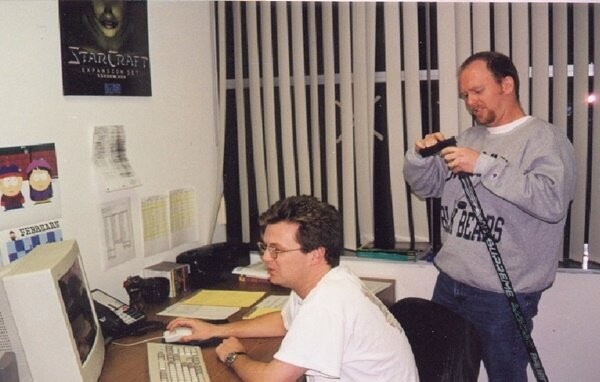
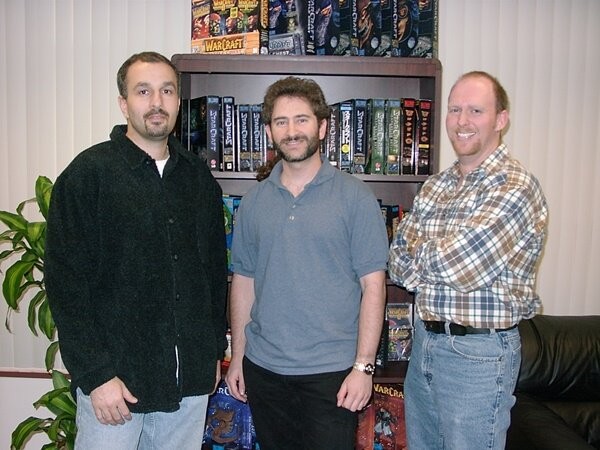


Mike Morhaime's way of operating Blizzard as a company reflected on the core value that he so much emphasized, "embrace your inner geek."
During the 27 years that Mike operated Blizzard, he didn't once tell his employees to appear mature or anything similar in nature. He was grateful that his employees loved video games with a passion - Mike valued and enjoyed having discussions with his employees regarding games and media. In late 2000, Mike stopped directly taking part in the development of his games and started focusing entirely on the management side of Blizzard. He wanted the younger generation of developers to work on the game the way they wanted to, just like how he did in the past.
A big reason why so many gamers couldn't resist Blizzard is because of this. All of Blizzard's employees were geeks at heart, and they weren't shy to express their ideas and individuality. They were the same as their consumers, gamers. In actuality, Mike is quite a high-level gamer himself. He even played in an event match during Hearthstone Masters Korea Season 4 and took a tactical victory.
Blizzard's geek culture also gave its employees a lot of freedom. If they wanted to, any employee was allowed to learn from other departments within the company and transfer there if he or she so desired. Christ Metzen is a big example. Although he joined Blizzard as an illustrator, he worked on Warcraft 2's scenario to eventually shape the universe of almost every Blizzard game.
The employees loved their games and were attached to them. And for that, Blizzard has a fascinating array of anniversary gifts. For two-year anniversary gifts, Blizzard gives out steins. For 5 years, a sword with a different design from the previous year, a shield for 10, a ring for 15, and a helm for 20 years.
Blizzard's culture was built from games and media contents, so many employees participated in activities outside of work as well. The biggest examples are the illustrator group, Sons of the Storm, and company band, Elite Tauren Chieftain(Mike Morhaime is the bassist of ETC). Seeing their favorite game developers enjoying what they do, gamers worldwide couldn't resist but cheer them on. The gamers know that an enjoyable, bright working environment is required to make good games.
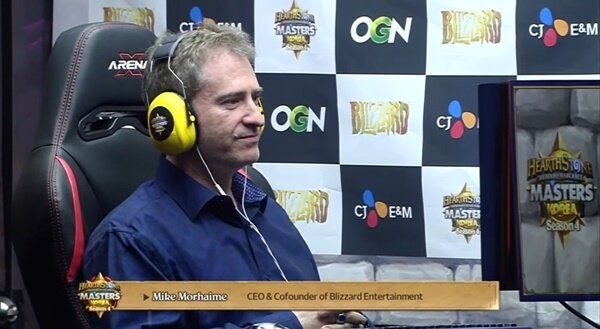
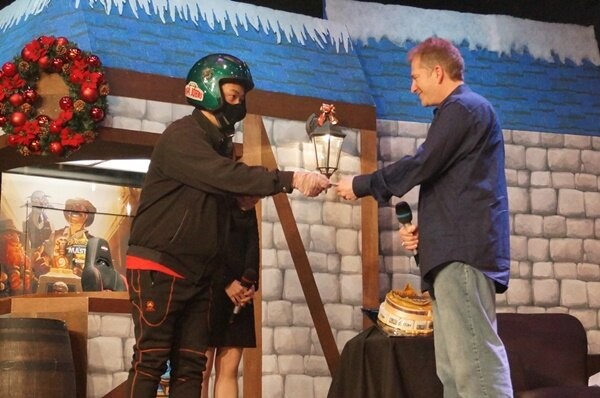
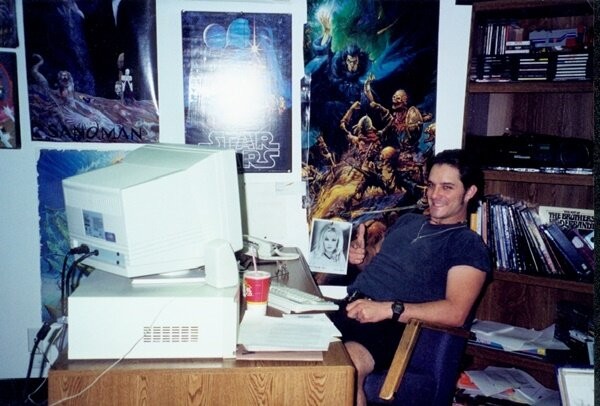


Blizzard employees were given a lot of freedom, but with it came a lot of responsibility. All the employees were gamers, and therefore they had a lot of insight regarding games. With that, Blizzard's games weren't developed carelessly. Although Blizzard at times spotted few flaws in their games' design post-launch and had to run quick edits to fix them, Blizzard never downright launched an "incomplete" game. The development of StarCraft that was mentioned previously in this article also had its investors pressuring Blizzard for a quick launch. But Mike Morhaime firmly held his ground and postponed the launch until he deemed it "complete".
But this developer philosophy didn't make everyone happy. As the games aren't released until they're complete, games that had its development slowed or pushed back meant a delayed launch. Due to this, many of Blizzard's work often had its launch delayed. This created the "Blizzard Soon" meme.
This same philosophy also caused a lot of games to downright be canceled. One of the examples is Titan, a once highly anticipated Blizzard MMORPG game. With its project name leaked during the development of the game, Titan bought a lot of attention from gamers. However, Mike boldly canceled the development of Titan as the game kept facing difficulties during its development. What was left over from Titan was used in the development of
StarCraft: Ghost also shared the same fate. Ghost was planned to be a console action-adventure game, and its gameplay was even showcased through a video. But with the next generation of consoles constantly being introduced to the market and a development contract falling apart, Blizzard gave up on the title. Afterward, StarCraft: Ghost's main character, Nova, was introduced as a character in StarCraft 2.

Mike Morhaime believed that though slow, launching a more complete and flawless game was better than quickly releasing an incomplete game. He was very open to feedback and the opinions of other gamers, he always paid attention to what the community said. No matter how short or simple an email was, Mike read every single one of them - even foreign emails that he couldn't understand were translated/interpreted to English for him to read. Comments made by Mike on different gaming communities online was a common sight.
Mike also showed heavy interest in the esports ecosystem that his games gave birth to. During the presentation of 'StarCraft: Remastered', Morhaime mentioned the time he experienced watching an esports match for the first time in 1999, Korea.
"I hadn’t seen anything like it. It was so cool to see people playing our game, that we had made, at such a level . . . and people watching them, and appreciating the skill that it took to play!"
- Mike Morhaime explaining his first esports experience
It was from this point where Blizzard saw Korea's gaming market as an important one and started reaching out to the Korean audience. Through his experience in Korea, Mike was able to see the gamers that were extremely passionate about his games - he saw that the ecosystems created by his games could grow endlessly. He was moved by Korea, a small country, for showing him such an experience. He has given great interest and support for Korea and its gamers ever since.
It's hard to describe Mike Morhaime in one sentence. But if forced, I'd describe him as "a CEO that stayed true to his gamer genes until the very end." He viewed his games from a gamer's point of view, approached other gamers for feedback and opinions, and basically, all of his actions as a developer and CEO were for them. He bought pizza for his fans during his visit to Korea, removed a revenue model from Diablo 3 (patch 2.0), and during his interviews with the media, he talked about everything from games to his personal hardships without pretense. All of these are actions that a president of a company can't take if his or her conscious as a CEO is greater than his or her conscious as a gamer.
Mike Morhaime was an easygoing, amicable guy; even if it didn't involve business. He would describe himself as an "All Around Good Guy." During his time in the office, Mike didn't cause any scandal or issues that could be seen as repulsive to the public, never said anything that could lose the trust of gamers worldwide, and always stayed focused on whatever he was working on. He was unlike the many StarCraft developers who were full of themselves.

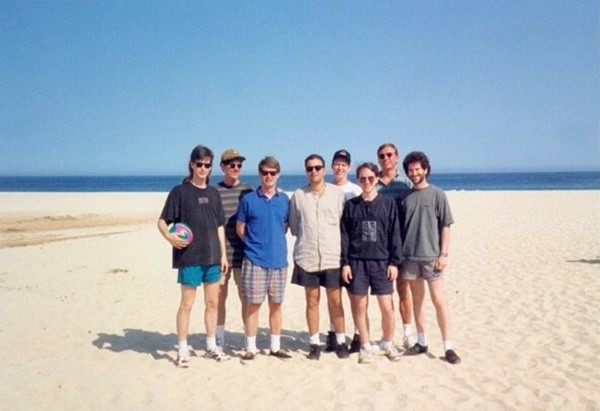

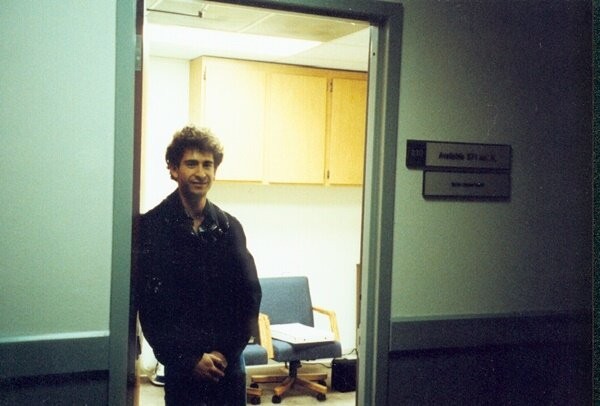
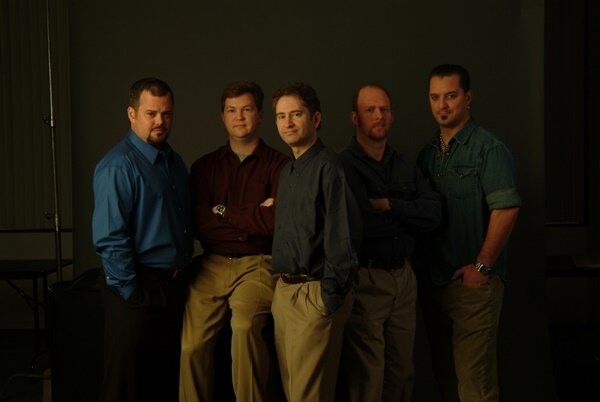
Mike Morhaime is going to retire. Of course, he will continue to connect with Blizzard as an advisor, but he will no longer affect the company directly. And in honesty, Blizzard has been riding down a bumpy road in the second half of 2018, around the time when Morhaime announced his retirement. No matter what the cause was, many of Blizzard's core gamers are probably thinking to themselves right now that 'Blizzard changed'.
But whatever the current situation is, it doesn't discolor the past accomplishments. Michael "Mike" Morhaime founded Silicon & Synapse and led it to success during his 27 years as its CEO. The boat gradually grew from a sailboat to a massive Titanic of a boat, but the captain's ability to sail never changed. If it wasn't for Morhaime and his philosophy, Blizzard would've never become a developer that could stand side-by-side with the general gamers.
Nobody knows what'll happen to Blizzard from this point on. Enterprises or even entire nations are susceptible to large change when there is a change in leadership. However, the great games that Morhaime gave the world, and his philosophy in game development will never be tainted. No matter how many days, months, and years pass, gamers will never forget the joy that Morhaime gave them.
With everything that he has done for this industry, Mike Morhaime is nothing less than a legend.


Sort by:
Comments :0



